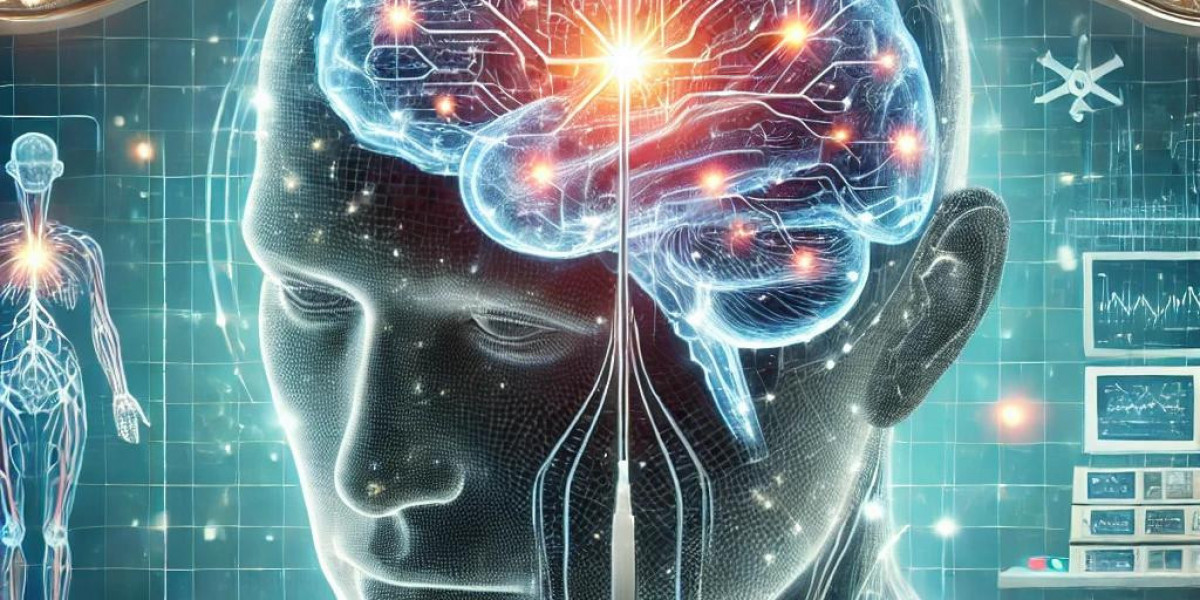Movement disorders include Parkinson's DiseaseDisease, dystonia, and essential tremor, which prevent the full exercise of natural functions of a patient's life. These disorders give rise to involuntary movements, rigidity, and coordination problems that affect individuals' daily activities because the presence of these disorders cannot adequately prevent unwanted movements in the body. Though medications and therapies prevent symptoms, they don't succeed in benefiting everyone. Neurosurgical interventions have evolved as a breakthrough solution, providing long-term relief and enhanced functionality. This article details various neurosurgical solutions available for movement disorders, how they work, their benefits, risks, and what patients should know before considering surgery.
Understanding Movement Disorders
Movement disorders are neurological conditions that affect the ability to move but are usually not disorderly movements. The two most common types of movement disorders include:
Parkinson's Disease: Generally characterized by tremors, stiffness, bradykinesia, and postural instability.
Essential Tremor (ET): A nervous system disorder that causes involuntary shaking, mostly in the hands.
Dystonia: Causes involuntary muscle contractions, leading to repetitive movements or abnormal postures.
Huntington's disease is a genetic disorder that leads to the progressive degeneration of nerve cells, causing involuntary jerking movements and cognitive decline.
Tourette Syndrome: A condition that causes repetitive movements or vocal sounds, known as tics.
When medication and non-invasive therapies fail to control symptoms, neurosurgical interventions may provide relief.
Neurosurgical Treatments for Movement Disorders
1. Deep Brain Stimulation (DBS)
DBS is the most commonly conducted neurosurgical therapy for movement disorders. It involves implanting electrodes within certain parts of the brain that transmit electrical impulses to control these abnormal activities.
Procedure: Electrodes are implanted directly within specific parts of the brain: the subthalamic nucleus (STN) or the globus pallidus internus (GPi). The resultant pulse generator, placed in the chest, conveys a controlled electrical signal modulating neural activity.
Conditions treated: Parkinson's Disease Disease, essential tremor, dystonia.
Benefits: Reduces tremors, stiffness, and dyskinesia (involuntary movements caused by prolonged medication use).
Risks: Infection, bleeding, hardware malfunction, or speech/motor impairment.
Recovery: Patients typically resume daily activities within a few weeks, with programming adjustments optimizing treatment over time.
2. Lesioning Procedures (Pallidotomy Thalamotomy)
Lesioning procedures involve destroying brain tissue in areas responsible for abnormal movement patterns.
Pallidotomy: Targets the globus pallidus to reduce involuntary movements in Parkinson's disease and dystonia.
Thalamotomy: Ablation of the thalamus for the relief of essential tremors and Parkinson's disease
Procedure: Insertion of a small electrode in the brain. Problematic tissue is destroyed using heat.
Benefits: Permanent relief from symptoms, and no device needs to be implanted.
Risks: Permanent side effects like speech and balance issues.
Limitations: Infrequently used these days because of the reversible nature of DBS.
3. Focused Ultrasound Surgery (FUS)
A non-invasive, MRI-guided procedure that uses focused ultrasound waves to cause the necrosis of targeted brain tissues.
Indications: Essential tremor, Parkinson's disease.
Procedure: The procedure involves focusing high-intensity ultrasound waves on a particular area so that the required lesion can be created without an incision.
Benefits: Symptom relief is almost immediate, non-invasive, and has minimum recovery time.
Risks: Somatic numbness, loss of balance, and speech.
Limitation: It is still in the early adoption stages and is not a suitable treatment for all cases.
4. Gene Therapy Stem Cell Therapy (Emerging Treatments)
These experimental modalities try to replace or repair the damaged neurons in movement disorders.
Gene Therapy: Introduces genetic material to correct faulty proteins or enhance brain cell function.
Stem Cell Therapy: Uses stem cells to regenerate lost or damaged neurons.
Current Status: Now under clinical trials, showing promising early results.
Choosing the Right Neurosurgical Treatment
The neurosurgical intervention is selected after considering several factors:
Severity of Symptoms: The ones with severe, drug-resistant symptoms benefit the most.
Medical History: Preexisting conditions and previous surgeries dictate who qualifies.
Lifestyle Impact: Discuss how symptoms will impact daily living and independence.
Potential Risks: Patients need to be aware of the possibility of complications and long-term effects.
Doctor's Recommendation: A multidisciplinary approach from neurologists and neurosurgeons helps determine the best course.
Neurosurgical Preparation
Pre-Evaluation: Comprises MRI scans, neurological tests, and occasionally neuropsychological tests.
Discussion on Risks and Benefits: Patients must have realistic expectations of possible improvement.
Medication Adjustments: Some medications may need to be altered before surgery.
Post-Surgical Rehabilitation: Physical therapy and regular follow-ups ensure optimal recovery.
Life After Neurosurgery
Patients who undergo neurosurgical treatments experience significant symptom relief, allowing for a better quality of life. However, ongoing medical management is essential.
DBS Patients: Require periodic programming adjustments.
Lesioning Patients may need rehabilitation to adapt to changes.
General Considerations: A healthy lifestyle, medication adherence, and physical therapy enhance long-term outcomes.
Conclusion
Neurosurgical treatments for movement disorders can be life-altering for patients with severe symptoms. Deep Brain Stimulation, lesioning procedures, focused ultrasound, and emerging therapies offer hope for improved motor function and independence. Surgery is not a cure, but it can significantly enhance the quality of life.
If you or someone you care for suffers from a movement disorder, contact Dr Chirag Solanki, the best neurosurgeon in India, for proper treatment options. Get one step closer to your life again through professional medical assistance today.










